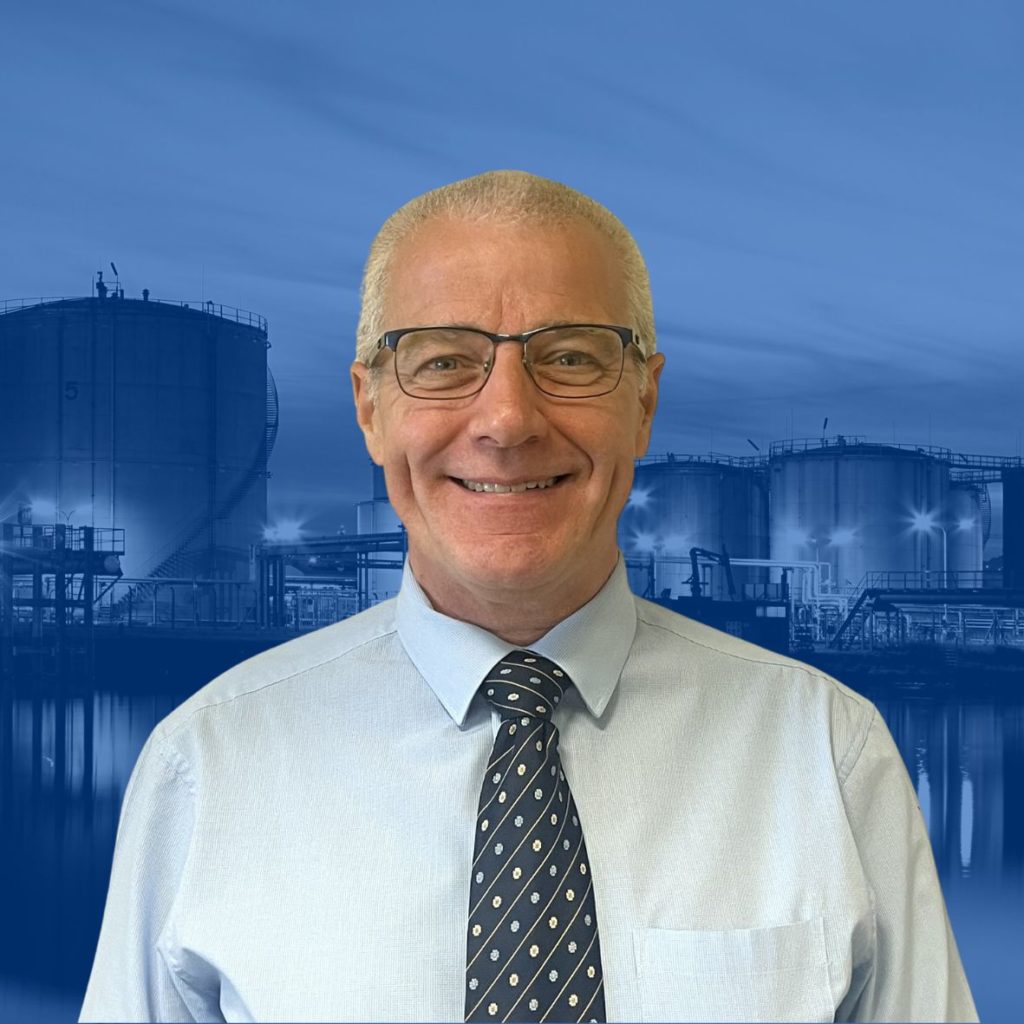
A new survey has highlighted worker complacency as one of the greatest roadblocks to improving safety in the oil and gas sector.
The survey from Dräger brings together the viewpoints of 129 self-identified, current and former safety managers and frontline workers. Whilst the majority believe the industry is committed to safety, four key challenges were identified as roadblocks to a healthier industry.
The two part survey, entitled Frontline Workers and Safety Managers in the Oil and Gas Industry: Four Roadblocks to Safety, reveals complacency, training, communication and a bottom-line focus as top concerns.
Worker complacency
Worker complacency emerged as the main roadblock to improved safety standards. Part two of the survey – which questioned safety managers and frontline workers – cast a spotlight on concerns at energy worksites.
Over half of frontline workers revealed that, prior to each day’s use, they do not bump test their gas detection devices in accordance with the recommended OSHA guideline.
- 28% said they performed the task once a week
- 8.7% did so twice a month
- 6.5% did so at their discretion
- 28.3% didn’t know
- 4.3% never perform a test
The findings stand in stark contrast with the 61.9% of safety managers who said they do conduct bump tests prior to each day’s use.
Health and safety training
The oil and gas industry continues to rapidly change due to the technological evolution. As such, the survey found that new safety challenges are being thrown up on a regular basis.
Ongoing and refresher training to educate workers in the ways of preventative and mitigation measures is therefore needed.
Dräger’s safety survey found:
- 61.9% of safety managers are ‘somewhat’ to ‘not satisfied’ with the regularity of safety education and training
- 71.4% of safety managers and 71.7% agree that lessons can be learned from past incidents
- 66.7% of safety managers believe that hazards and risks are only communicated to them after a major incident
- 52.1% of frontline workers are ‘often’ or ‘never’ made aware of hazardous events
Communication
The survey also underscored the important role communication between workers, managers and the boardroom plays in the holistic approach to safety.
- 93.5% of frontline workers and 95.2% of safety managers said they always make known their concerns when they observe a colleague deviating from a safe procedure
- Contrastingly, nearly 43% of safety managers believed they were only ‘sometimes’ or ‘rarely’ informed when a life-threatening incident happens onsite
- 56.5% of workers felt they were ‘sometimes’, ‘rarely’ or ‘never’ told
Bottom-line focus
Many participants believe that the drive for profits comes at the expense of worker safety, with productivity pressures cited as the prevailing roadblock to a firmer commitment to safety.
To shift this behavior and maximise safety standards, Dräger advises that oil and gas companies demonstrate strong leadership. In addition to a top down approach, equipping workers with the right technology and training would stimulate better site-wide safety.


